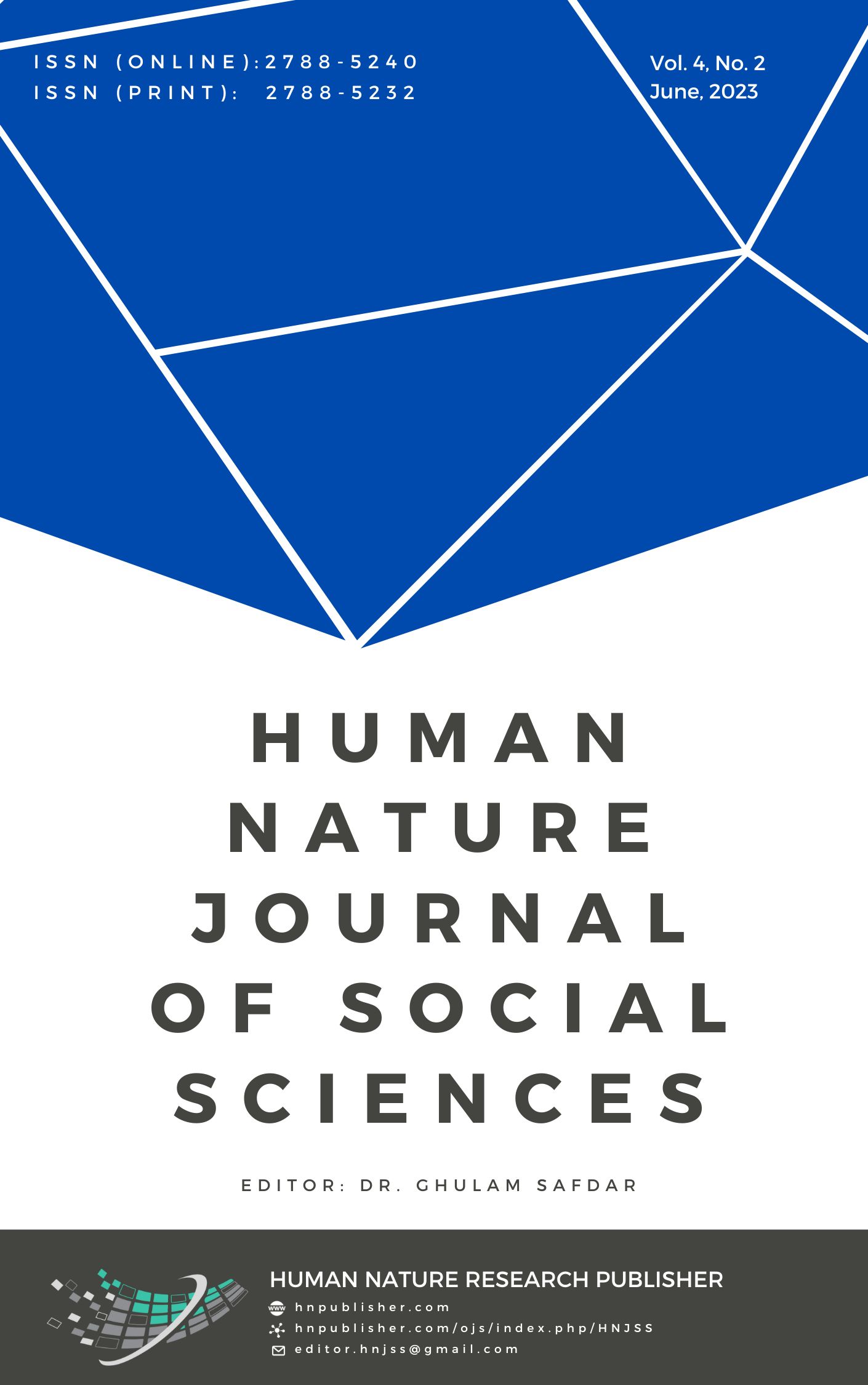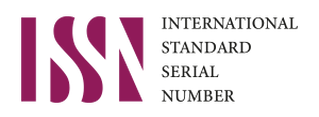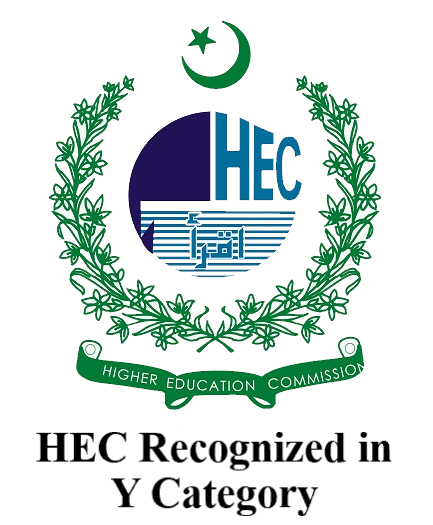Measuring Women’s Contribution in Care Economy: Constructing Survey Based Indexed Questionnaire
DOI:
https://doi.org/10.71016/hnjss/wk3mc156Keywords:
Care Economy, Structured Questionnaire, Reliability, Unpaid Domestic Work, Validity, Women’s Contribution to Care WorkAbstract
Aims of the Study: The objective of the current article is to construct a survey-based questionnaire pertaining to women's contribution to the care economy from a quantitative perspective. It is the first attempt in Pakistan to use perceptional and likert scales to measure and cover the major domains of unpaid care work, namely reproductive, child, domestic, elderly, and care of persons with special needs.
Methodology: In this article, the index-based questionnaire that was used to calculate the value of women's contributions to the care economy was constructed using five steps. The first step was to develop questions; the second step was to evaluate the content of the questions, phrase sentences, and response format. The third step involved seeing the sequence and layout, while the fourth step was to conduct a consultative workshop to get feedback from key stakeholders. The fifth and last step was to do a purposeful pilot study with 28 respondents, analyze its results through Cronbach’s Alpha value, and finalize the tool for future scenarios.
Findings: Based on the study results, a reliability analysis of all the domains was forwarded for further data collection. The Cronbach’s alpha value for reproductive care exhibits 0.99, followed by child care at 0.88 and domestic care at 0.69; elderly and special needs care revealed higher validity at 1.00, respectively.
Conclusion: The study concluded from the inferences that the construction of index variables is an addition to the existing body of knowledge in general while achieving SDG 5 in particular with the corroboration of measuring unpaid care work in monetary terms.
Downloads
Published
Issue
Section
License
Copyright (c) 2023 Dr. Shahla Tabassum, Younas Khan, Uzma Zarrin, Maryum Zahra (Author)

This work is licensed under a Creative Commons Attribution-NonCommercial 4.0 International License.








